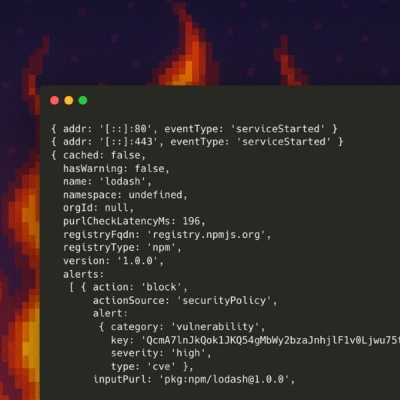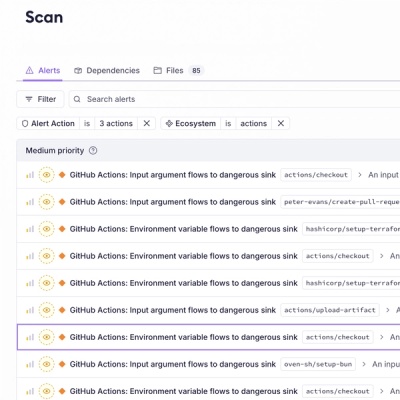
Product
Introducing Socket Firewall Enterprise: Flexible, Configurable Protection for Modern Package Ecosystems
Socket Firewall Enterprise is now available with flexible deployment, configurable policies, and expanded language support.
power-grid-model
Advanced tools
power-grid-model is a library for steady-state distribution power system analysis distributed for Python and C.
The core of the library is written in C++.
Currently, it supports the following calculations:
See the power-grid-model documentation for more information. For various conversions to the power-grid-model, refer to the power-grid-model-io repository. For an extended python interface to the the power-grid-model, refer to the power-grid-model-ds repository.
Want to be updated on the latest news and releases? Subscribe to the Power Grid Model mailing list by sending an (empty)
email to: powergridmodel+subscribe@lists.lfenergy.org
You can directly install the package from PyPI.
pip install power-grid-model
If you are using conda, you can directly install the package from conda-forge channel.
conda install -c conda-forge power-grid-model
To install the library from source, refer to the Build Guide.
Please refer to Examples for more detailed examples for power flow and state estimation. Notebooks for validating the input data and exporting input/output data are also included.
This project is licensed under the Mozilla Public License, version 2.0 - see LICENSE for details.
This project includes third-party libraries, which are licensed under their own respective Open-Source licenses. SPDX-License-Identifier headers are used to show which license is applicable. The concerning license files can be found in the LICENSES directory.
Please read CODE_OF_CONDUCT, CONTRIBUTING, PROJECT GOVERNANCE and RELEASE for details on the process for submitting pull requests to us.
Visit Contribute for a list of good first issues in this repo.
If you are using Power Grid Model in your research work, please consider citing our library using the following references.
@software{Xiang_PowerGridModel_power-grid-model,
author = {Xiang, Yu and Salemink, Peter and van Westering, Werner and Bharambe, Nitish and Govers, Martinus G.H. and van den Bogaard, Jonas and Stoeller, Bram and Wang, Zhen and Guo, Jerry Jinfeng and Figueroa Manrique, Santiago and Jagutis, Laurynas and Wang, Chenguang and van Raalte, Marc and {Contributors to the LF Energy project Power Grid Model}},
doi = {10.5281/zenodo.8054429},
license = {MPL-2.0},
title = {{PowerGridModel/power-grid-model}},
url = {https://github.com/PowerGridModel/power-grid-model}
}
@inproceedings{Xiang2023,
author = {Xiang, Yu and Salemink, Peter and Stoeller, Bram and Bharambe, Nitish and van Westering, Werner},
booktitle={27th International Conference on Electricity Distribution (CIRED 2023)},
title={Power grid model: a high-performance distribution grid calculation library},
year={2023},
volume={2023},
number={},
pages={1089-1093},
keywords={},
doi={10.1049/icp.2023.0633}
}
Please read SUPPORT for how to connect and get into contact with the Power Grid Model project.
FAQs
Python/C++ library for distribution power system analysis
We found that power-grid-model demonstrated a healthy version release cadence and project activity because the last version was released less than a year ago. It has 0 open source maintainers collaborating on the project.
Did you know?

Socket for GitHub automatically highlights issues in each pull request and monitors the health of all your open source dependencies. Discover the contents of your packages and block harmful activity before you install or update your dependencies.

Product
Socket Firewall Enterprise is now available with flexible deployment, configurable policies, and expanded language support.

Security News
Open source dashboard CNAPulse tracks CVE Numbering Authorities’ publishing activity, highlighting trends and transparency across the CVE ecosystem.

Product
Detect malware, unsafe data flows, and license issues in GitHub Actions with Socket’s new workflow scanning support.